

Key Words:Beijing; tourism;axis
Related Reading:>>Three must-go hutongs, insight into old Beijing
Starting this year, Beijing’s Dongcheng district will integrate and upgrade its tourism resources within the city’s central north-south axis area, aiming to build a Qianmen folk culture commercial district, a traditional Royal City sightseeing area along with a Royal Life district. The plan also includes improving the area’s public service system, which covers the environment, transportation, consultancy, relaxing facilities and other services.
Beijing’s central axis extends from Yongdingmen in the south, and stretches northward to Zhengyangmen, Damingmen (known as Daqingmen during the Qing Dynasty, Zhonghuamen during the Minguo period, and later dismantled), Tiananmen, Wumen, Taihemen, Taihe Palace, Zhonghe Palace, Baohe Palace, Qianqingmen, Qianqing Palace, Kunning Palace, Shenwumen, Beishangmen, Wanchun Pavilion of Jing Hill, Shouhuang Palace, Dianmen, and ends at the Bell and Drum Towers. The central axis runs 7.8 miles in total and covers the Outer City, the Inner City, the Royal City and the Forbidden City. With the axis as the central line, Beijing is structured symmetrically like a chessboard.
 |
 Roses on a blue sea: The women of China's Navy
Roses on a blue sea: The women of China's Navy Weekly review of military photos
Weekly review of military photos  Italy elects parliament speakers
Italy elects parliament speakers St. Patrick's Day observed in U.S.
St. Patrick's Day observed in U.S. W China drought affects over 1 million
W China drought affects over 1 million 2013 Xici Wedding Expo for Spring held in E China
2013 Xici Wedding Expo for Spring held in E China China Post publishes set of 'peach blossom' stamps
China Post publishes set of 'peach blossom' stamps Painting a tattoo on body with your own style
Painting a tattoo on body with your own style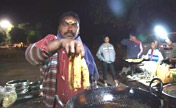 Simply the best Chinese food in India
Simply the best Chinese food in India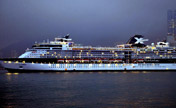 GTS Millennium berths in Hong Kong
GTS Millennium berths in Hong Kong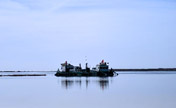 China's largest salt lake Qarhan
China's largest salt lake Qarhan Wills Lifestyle India Fashion Week
Wills Lifestyle India Fashion Week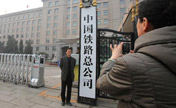 Chinese railway giant goes into business
Chinese railway giant goes into business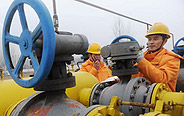 Natural gas development high on energy agenda
Natural gas development high on energy agenda Samsung unveils Galaxy S4 smartphone
Samsung unveils Galaxy S4 smartphone